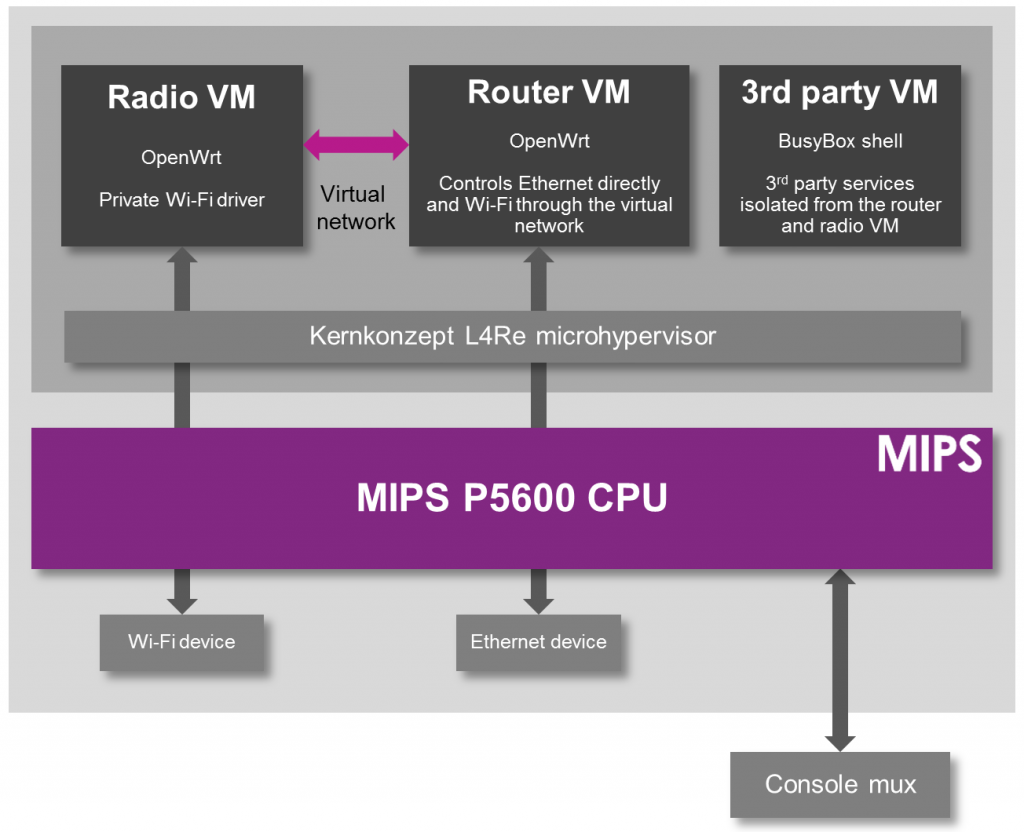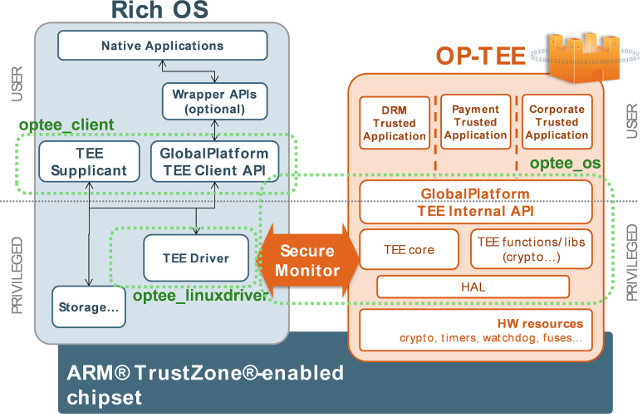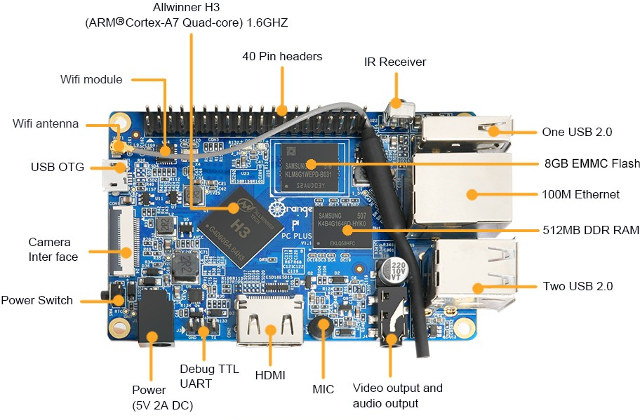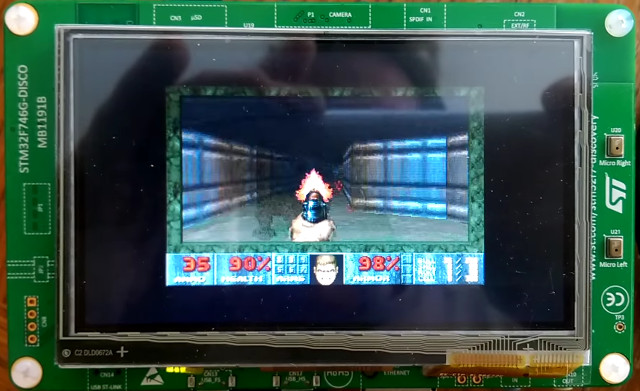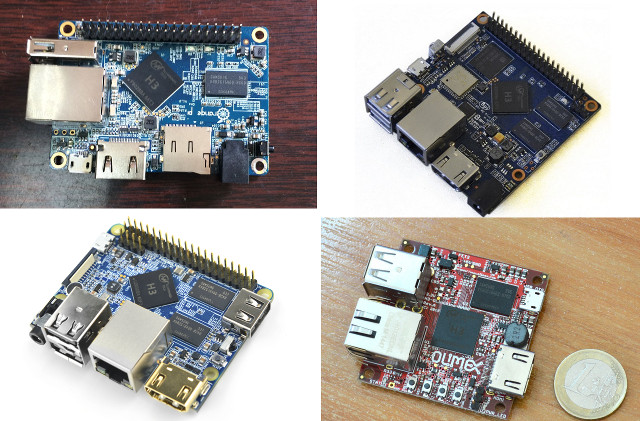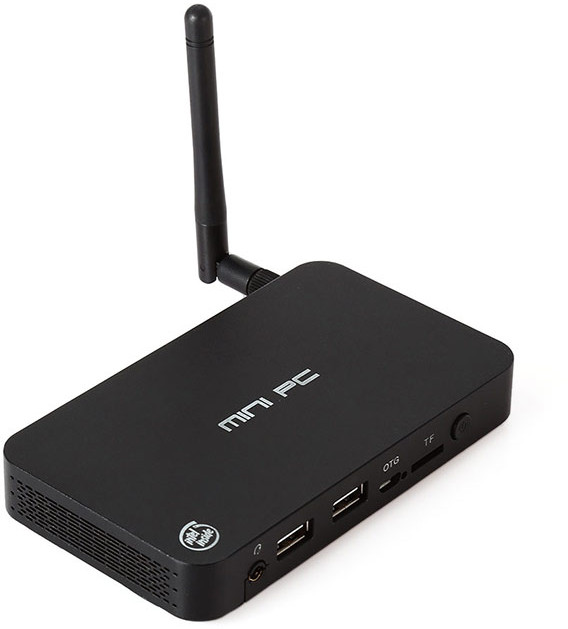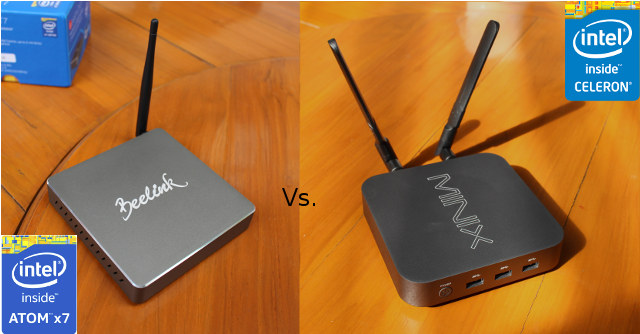Last month I received Popcorn Hour A500 high-end media player powered by Sigma Designs SMP8758 dual core Cortex A9 processor, and in the firtst part of the review I posted the specifications, and pictures of the devices and its internals. Today, I’ll write a short review of the device, as it’s basically an update of Popcorn Hour VTEN which I reviewed last year with a faster processor, more memory, and an internal SATA bay for 2.5″ and 3.5″ drives. User Interface, Remote Control, Internal HDD, and Technical Support The user interface is basically the same as on VTEN with two home screens to select: Media or Music. The performance is a little better, but if you want to find out more about the user interface, I propose you watch the video I shot for Popcorn Hour VTEN During the first boot, Music Home was selected, and I soon got asked whether […]
Imagination Solution to FCC Rules for WiFi Routers: Run OpenWrt / DD-WRT and the WiFi Driver in Separate Virtual Machines
About a year ago, discussions started about new rules from the FCC that could prevent routers from installing open source third party operating systems such as OpenWrt or DDWRT. Despite the FCC assurance that the rules were meant to prevent some users from illegally tweaking the RF settings, and that it would not have to impact installing of open source alternatives, the reality is that companies such as TP-Link ended up locking their routers up due to the new rules, while Linksys would only ensure OpenWrt/ DD-WRT compatibility on some of their routers, but not all. Companies are probably doing that due to the extra work that would be required to separate the RF settings which need to be locked, and the rest of the firmware. But Imagination Technology’s prpl security group has a solution for their MIPS Warrior P-Class processors using hardware virtualization. In order to show the concept […]
Raspberry Pi 3 To Get ARM TrustZone Support with Linaro OP-TEE Port
If you ever wanted to experiment with ARM Trustzone, and IoT security, you’ll soon be able to do so with the Raspberry Pi 3 board thanks to a port of Linaro OP-TEE (Open Portable Trusted Environment Execution) by Sequitur Labs. Broadcom BCM2737 SoC found in Raspberry Pi 3 board already had TrustZone hardware for isolation and protection for sensitive material such as cryptographic keys, algorithms and data, but the upcoming software release will mean the feature can now be used, and it’s free for trial/evaluation, and education. Trustzone is also used for DRM (digital rights management), but in the case of Raspberry Pi 3 it will most likely used to teach how to secure the Internet of Things (IoT). The release is scheduled for July 11, with source code and documentation to be available in OP-TEE github account. All you’ll need to get started is a Raspberry Pi 3 board, […]
Orange Pi PC Plus Quad Core Development Board with 1GB RAM, 8GB eMMC flash Sells for $20
Most low cost development boards do not include internal storage in order to decrease costs, and instead require their users to flash their preferred operating system on (micro) SD card. This makes it easy to get started, but many micro SD cards often suffer from poor random I/O performance, even for Class 10 or greater card, leading to a poor user experience compared to what you’d get with an eMMC flash. Shenzhen Xunlong has released yet another Allwinner H3 board, namely Orange Pi PC Plus, similar to Orange Pi PC but adding WiFi, and 8GB eMMC flash. Orange Pi PC Plus specifications with main change with Orange Pi PC highlighted in bold: SoC – Allwinner H3 quad core Cortex A7 @ 1.3 GHz with ARM Mali-400MP2 GPU up to 600 MHz System Memory – 1GB DDR3 Storage – 8GB eMMC flash + micro SD card slot Video Output – HDMI […]
Frosted OS is an Open Source POSIX Operating System for Cortex-M Micro-controllers
Frosted, which stands for “Free Operating Systems for Tiny Embedded Devices”, is an OS with a POSIX-compliant system call API, borrowing the Linux kernel kconfig for configuration, and currently supporting ARM Cortex M0,M3,M4, and M7 MCU including Texas Instruments Stellaris LM3S, STMicro STM32F4/F7, and NXP LPC17XX micro-controllers. The developers are focusing on IoT applications, as well as porting retro-games such as Doom. The kernel relies on libopencm3 for hardware abstraction, and the operating system can be built with GCC ARM for Frosted using the source code released under a GNU GPLv2 license. The Wiki explains how to build and run the OS on either Qemu (in a Linux computer) used LM3S target, or an STM32F4 Cortex -M4 or STM32F7 Cortex-M7 board. The team also uploaded showing a video of Doom (fdoom) running on STM32F7 board, and possibly adapted from stm32doom port. If you are interested in joining the project you can […]
Allwinner H3 Boards Comparison Tables with Orange Pi, Banana Pi M2+, NanoPi P1, and H3-OlinuXino-NANO Boards
Allwinner H3 SoC has now found its way into many low cost development boards, including several Orange Pi Boards, Banana Pi M2+, NanoPi M1, and Olimex H3-OlinuXino-NANO, and it might be difficult to choose among the list of boards available, so tkaiser has written a buyer’s guide for boards supported by Armbian, with some of the key differentiating factors, and on my side, I thought it might be a good idea to draw a comparison table between the boards. Since a table with 10 boards would be hard to read, I made two tables: one with boards with 512 MB RAM + Orange Pi PC / PC Plus, and a second table with higher end boards with 1 to 2 GB RAM, and more features. But first let’s talk about Allwinner H3 SoC since it’s common to all boards. It’s a quad core Cortex A7 processor clocked at up to […]
$66 I5 Intel Mini PC Features 2GB RAM, 32GB Storage, HDMI & VGA Ports (Promo)
It would have been unthinkable a few years ago, but you can now buy a computer capable of running Windows or Linux and shipped to your door for just $65.99 (with coupon GBi5) thanks to i5 mini PC based on Bay Trail processor (not Core i5 as the name may have implied), and the usual 2GB RAM and 32GB storage combination. i5 mini PC specifications: SoC – Intel Atom Z3735F “Bay Trail” quad core processor @ 1.33 GHz / 1.83 GHz with Intel HD graphics System Memory – 2 GB DDR3L Storage – 32 GB eMMC + micro SD card slot Video Output – HDMI 1.4, and VGA Audio I/F – HDMI, 3.5mm earphone jack Connectivity – 10/100M Ethernet, 802.11 b/g/n Wi-Fi, and Bluetooth 4.0 USB – 2x USB 2.0 host, 1x micro USB OTG port Misc – Power Button, power LED Power Supply – 5V/2A Dimensions – 13.00 x […]
Intel Atom x7-Z8700 (Cherry Trail) vs Intel Celeron N3150 (Braswell) Benchmarks Comparison
Intel tend to release lots of processors, and it’s not also clear how they perform against each others, but generally the rank from slowest to highest goes something like Atom < Celeron < Pentium < Core M < Core i3 < Core i5 < Core i7. Recently, I’ve seen and reviewed a few low power Intel Atom x7-Z8700 “Cherry Trail” and Intel Celeron N3150 “Braswell” mini PCs, both quad core processors @ 1.6 GHz (base), and I could not find much differences between the two during use. So to have a clear and objective view of the relative performance of the two processors, I’ve compared the results I got with Intel Atom x7-Z8700 based Beelink BT7 mini PC to the ones I got with MINIX NGC-1 mini PC powered by Celeron N3150 processor in the table below. Both machines have been designed quite well (good heat dissipation) and with storage […]



